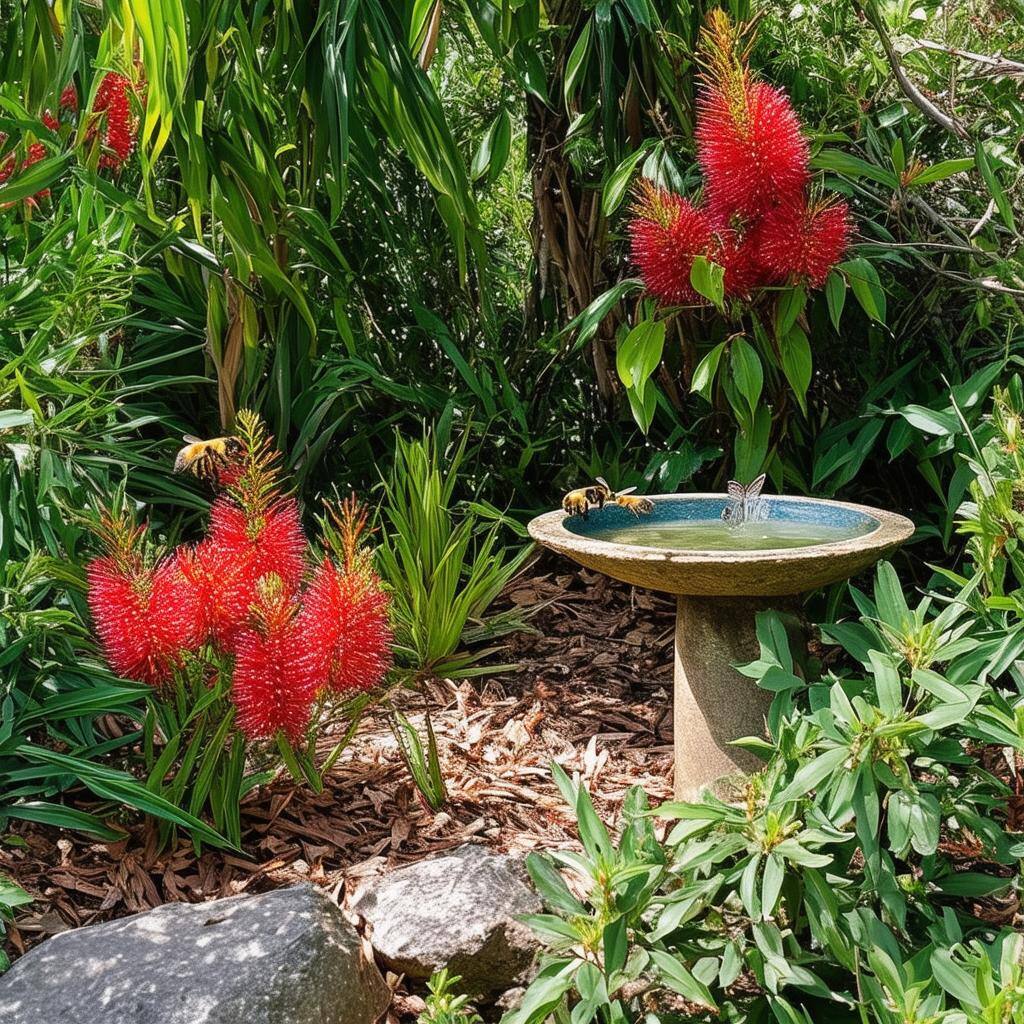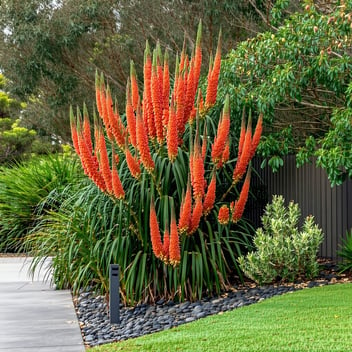Creating a Wildlife-Friendly Garden in South East Queensland
South East Queensland, with its rich tapestry of native flora and fauna, offers a unique opportunity to cultivate gardens that not only enhance human enjoyment but also support the region's diverse wildlife. By thoughtfully integrating native plants and sustainable practices, gardeners can create havens that attract and sustain local wildlife.
1. Understanding the Local Ecosystem
The Importance of Native Flora and Fauna
South East Queensland's subtropical climate nurtures a myriad of plant and animal species uniquely adapted to the region. Incorporating native plants into your garden provides essential food and shelter for local wildlife, fostering biodiversity and ecological balance.
2. Selecting Appropriate Native Plants
Top Native Plants to Attract Wildlife
Choosing the right plants is crucial. Species such as Grevillea, Callistemon, and Banksia not only thrive in local soils but also offer nectar and habitat for birds, bees, and other pollinators. For instance, Grevillea robusta (Silky Oak) provides nectar for birds and insects, enhancing garden vitality.
3. Providing Water Sources
Essential Elements for Wildlife
A clean, accessible water source is vital. Birdbaths, small ponds, or even shallow dishes can quench the thirst of visiting creatures. Ensure water is refreshed regularly to prevent stagnation and mosquito breeding.
4. Creating Shelter and Nesting Sites
Supporting Reproduction and Safety
Incorporate features like dense shrubs, rock piles, and leaf litter to offer shelter. Installing nest boxes can attract species such as parrots, owls, possums, and gliders, providing safe spaces for breeding and rest.
5. Minimizing Chemical Use
Protecting Beneficial Insects and Animals
Opt for organic gardening methods to avoid harming beneficial insects and animals. Utilize natural pest control methods and limit the use of pesticides to maintain a healthy ecosystem.
6. Incorporating Habitat Features
Enhancing Biodiversity
Features like log piles, rockeries, and leaf litter provide microhabitats for insects, amphibians, and small mammals. These elements mimic natural environments, offering shelter and breeding sites.
7. Educating and Engaging the Community
Sharing Knowledge and Resources
Engage with local wildlife groups and councils to learn about native species and conservation efforts. Participate in community programs and share your experiences to inspire others in creating wildlife-friendly spaces.
Conclusion
By embracing the principles of native planting, sustainable practices, and habitat creation, gardeners in South East Queensland can transform their spaces into vibrant ecosystems that support and celebrate local wildlife. This harmonious coexistence not only enriches our gardens but also contributes to the preservation of the region's natural heritage.




